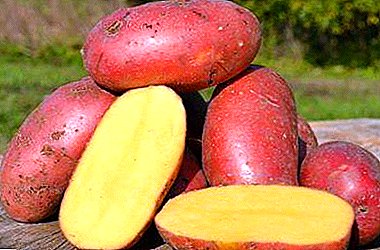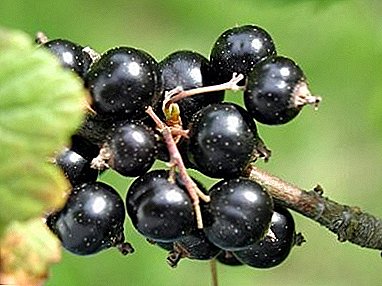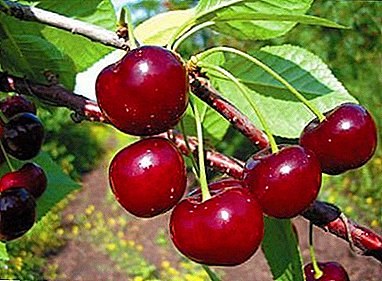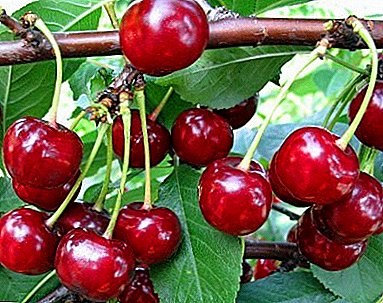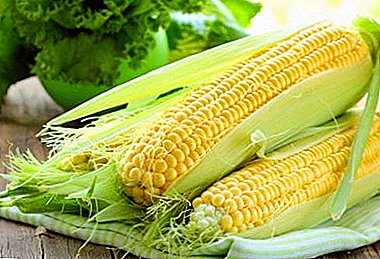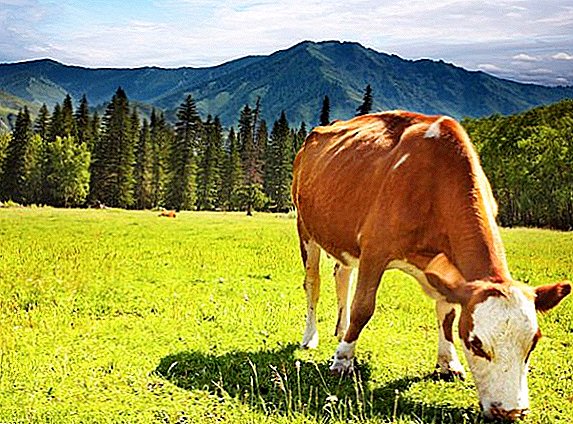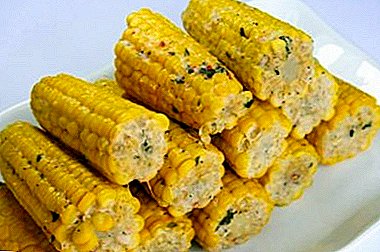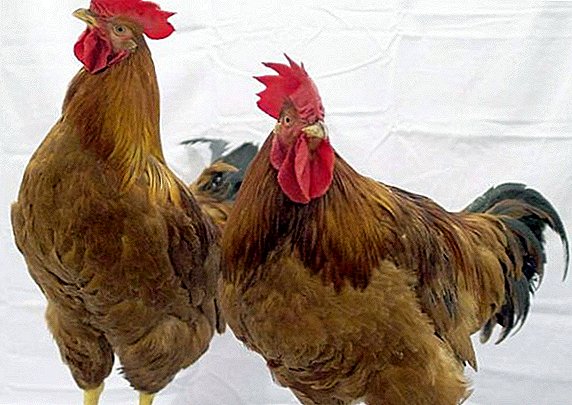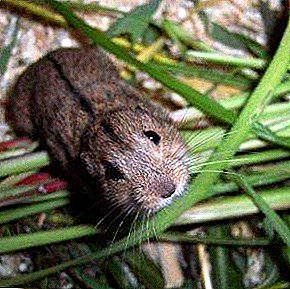
Steppe pestle genus Lagurus (family of hamsters) - in nature there is a single species with four subspecies in it.
Small rodent that multiplies rapidly, eats a lot and inhabits large areas.
During periods of maximum reproduction, able harm farm crops by 50%by destroying them.
Steppe pestle: photo and description of the species
The body of the rodent squat with short limbs and not large in size, 9 to 12 cm long. As a rule, females are larger.
With enough feed, body weight reaches 35 grams., but in winter, the animal loses weight up to 22 grams.
The tail is short, weakly covered with hair, its length is 2 cm. The ears are short and round, barely protruding from the fur. The eyes are small.
On the hind limbs, the third finger is slightly longer than the fourth.. On the front paws, the difference is not noticeable so much. The soles of the paws are covered with wool, and have small growths in the form of corns.
The coat of the animal is soft, thick and high (especially in winter). Along the back, starting from the forehead, all along the ridge stretches longitudinal dark brown or black stripe.
The color of the animal, as a rule, monophonic with a lighter shade on the sides and belly. The color range varies from pale yellow shades to dark brown colorsIt depends more on the place of residence of the animal and on the subspecies to which it belongs.
Meet the Steppe Pestrushka on our photo gallery:




Habitats, breeding
Most often, these small rodents fill up southern steppes, semi-desertand forest steppe of Eurasia.
The steppe pestling tries to keep clear of the grassy steppes, but it is distinguished by its numerousness in the feather-fescue, white-wormwood, or grass-forb grasslands.
Arable lands, fallow lands, pastures and outskirts of roads are also considered to be the favorite place of residence of the rodent. In the eastern Tien Shan, the rodent settles in the middle of the high rocky steppes.
The breeding season of the steppe pest begins in April and ends in the month of September.
The female bears offspring, which may consist of 6 cubsduring the 21st day. Feeding babies lasts 2 weeks, and by the 45th day, matured females from the new offspring are considered fully matured for further reproduction. Thus, one adult is capable give up to 6 litters per year.
Important: With the threat of extinction of the species, the female is able to bring 12 litters, bearing them throughout the year.
Rodent life expectancy in the wild is 6 to 20 months. These indicators are more dependent on their lifestyle.
 The fact is that the animal is the main power for animals like korsak and foxthat eat up to 100 individuals per month. Do not disdain this delicacy:
The fact is that the animal is the main power for animals like korsak and foxthat eat up to 100 individuals per month. Do not disdain this delicacy:
- Kunyi - ferret, weasel, ermine;
- birds of prey - kurgannik, owls, loonies, gulls;
- the largest predators are wolverine, badger and bear.
Officially, there are data on the duration of life up to 3 years.
Lifestyle
The rodent tries to settle in places where the ground is soft, which allows you to dig mink up to 90 cm deep, but at the same time, so that there is no reservoir or river near, which during flooding are capable of flooding their homes.
Important: Habitat often changes due to the plowing of the site or the burning of the flora, which serves as animal feed.
The need of the animal in moisture is much less than that of its relatives. The rodent mink itself has many strokes and branches leading to the surface. This trick in the structure of the hole helps to avoid the animal of frequent appearance on the surface, which threatens him with death.
The animal lives in colonies, therefore, in a place where it is found not only one entrance to the hole, but a large number of them.
All the vital activity of the steppe pest is due to food and heat exchange. Eats for food:
- all varieties of cereals;
- wormwood and various plant parts;
- grass seeds;
- bark and tubers of shrubs;
- lichens
The lifestyle of the animal is active, almost throughout the day, but at the same time it can be noticed at dusk and at night when it is selected to the surface.
Harm to farming
 Since the rodent makes small stocks of food, he has to look for food in the territories of economic lands. With mass reproduction, rodent columns able to destroy 50% of all grain crops.
Since the rodent makes small stocks of food, he has to look for food in the territories of economic lands. With mass reproduction, rodent columns able to destroy 50% of all grain crops.
Pastures are no exception. The animal can consume green weight in a day equal to its own weight.
Pestlet never won't eat in the open. She brings a broken plant to the entrance to the burrow and only there she starts to eat safely, so the entrance to her hole can always be determined by the scraps of plants left.
Ways to fight
- Deep plowing. It allows you to destroy burrows, which makes it easier for predators to hunt. At the same time, 60% of young animals, whose age has not reached 12 days, and 10% of adult individuals are killed.
- Are applied poisoned cereal bait. They are prepared from 10% of the grain, zinc phosphide and vegetable oil. Seeding of pickled grain is carried out manually, further than 1 km, from dwelling houses and poultry farms.
- Places that are near the village, farm or flock of game, are processed bacterial grain bait. The bacteria Isachenko and Prokhorov from number 5170 are used for their manufacture.
In addition to the damage that the steppe moth inflicts on agricultural pastures and crops, the rodent spreads such dangerous diseases like plague and tularemia.
But representatives of this species are in the menu of almost all predators, so their population drops sharply in individual countries. the animal is protected to avoid total extinction.


